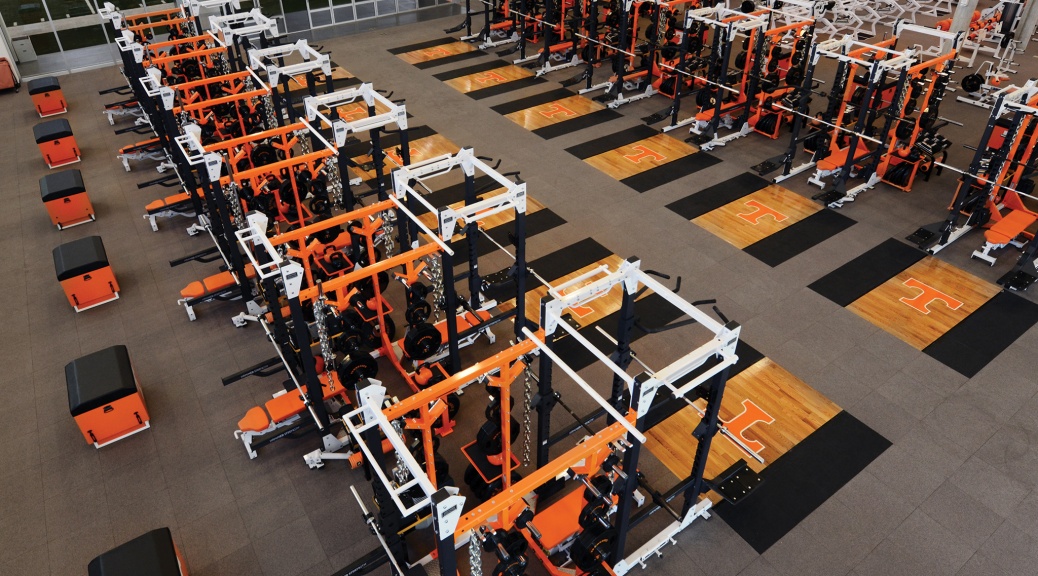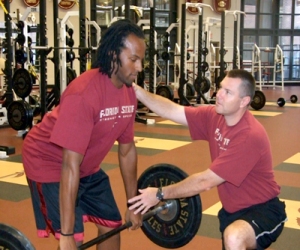Providence, Rhode Island – Roger Marandino, the head strength and conditioning coach at Brown since 1995, has stepped down to become the first assistant strength and conditioning coach with the Philadelphia Eagles.
Marandino was responsible for the coordination of all strength and conditioning programs for Brown’s 37 varsity sports. He utilized a hands-on approach to assure that all players maintain peak physical conditioning to be able to play at the highest level possible. Marandino developed a lifting program for the Brown football team, helping the squad to three Ivy League Championships (1999, 2005, 2008) in his tenure.
Marandino, who was named the NSCA Collegiate S&C Professional of the Year for Division I in 2000, was a three-time, drug-free national power-lifting champion and is certified by the National Strength and Conditioning Association as a certified strength and conditioning specialist (CSCS). Marandino earned his coach practitioner distinction from the NSCA in 2003. In addition, he is certified by the United States Weightlifting Federation as a Level I Olympic Weightlifting coach.
In 1997 and 2000, Marandino was chosen as the NSCA Strength and Conditioning Professional of the Year in the Ivy League. He has been a NSCA National Conference speaker, giving 10 presentations at NSCA conferences. He has had three articles published in the NSCA journal, and contributed to a video on using weightlifting combinations to train multiple sports.
A 1993 graduate of Kean College of New Jersey, Marandino earned a Bachelor of Arts degree in Exercise Science and Adult Fitness, with a concentration in Exercise Physiology. He completed a strength and conditioning internship at the University of Pacific after graduation and then enrolled in the graduate school at the University of Connecticut in 1993. While working towards his Master’s of Education Degree in Sport Biomechanics, which he completed in May 1995, he served as assistant strength and conditioning coach for two years.
A national search will begin immediately.
For more information on the world of strength and conditioning visit Strength Performance Network.







